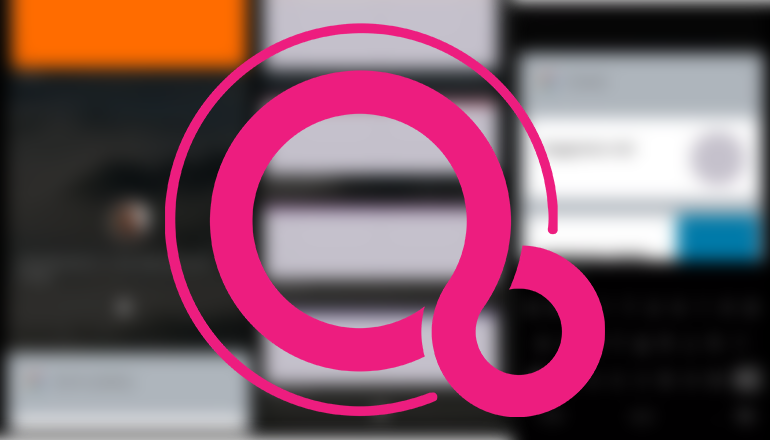Google has been silently working on a new operating system called "Fuchsia" for years, with details, rumors, and wild speculation swirling through the blogosphere every time some new tidbit trickles out. Yesterday Google pushed up an official documentation site at fuchsia.dev, with instructions and details that can help developers play with the early operating system and its software. It appears to be the same info that was previously available at the Fuchsia Git, but with better formatting, and at a verifiably Google-owned domain (according to ICANN's WHOIS).
A degree of minimalism to make even Jony Ive jealous.
The site in its current form is pretty sparse. The static landing page directs the inquisitive to a table of contents regarding available documentation. Categories there for navigation include a code of conduct for associated repos, mailing lists, and other communication venues; a "getting started" overview describing the build environment required (Debian/macOS recommended for now); instructions for building/testing software on the platform; and even examples to try, which include classics like Cowsay and Fortune.
Documentation overview/table of contents.
The System documentation section is likely to be the most curious among developers and the technically minded, as it explains some of the particulars behind how Fuchsia works. Unlike Google's other operating systems — namely, Android and Chrome OS — Fuchsia doesn't run on the Linux kernel. Instead, it uses a different so-called microkernel named Zircon (previously Magenta), which works very differently, externalizing what would typically be considered core kernel components.
If you're interested in playing with some early Fuchsia software, head on over to the developer documentation site, set up a build environment, boot into Fuchsia, and enjoy. Supported hardware at the time of writing includes the Acer Switch Alpha 12 (which seems to be discontinued), several generations of the Intel NUC, and the Google Pixelbook. Developers that spot issues in testing can even submit patches back up to Fuchsia.
It's too early to know for sure, but this new developer site may mark an increase in Google's internal priorities when it comes to Fuchsia.
Source: Fuchsia Developer Documentation

